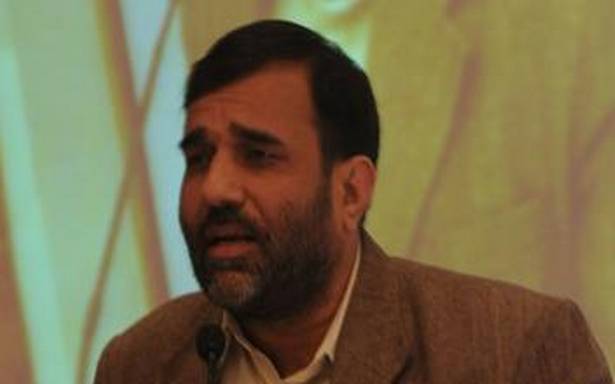Commerce Secretary Anup Wadhawan on Tuesday questioned the rationale behind the U.S. government’s decision to put India in the watchlist for currency manipulators, and said the list constituted an intrusion into the policy space needed by central banks around the world to meet their mandates.
The U.S. Treasury Department had recently retained India in a watchlist for currency manipulators submitted to the U.S. Congress, citing higher dollar purchases (close to 5% of the gross domestic product) by the Reserve Bank of India (RBI).
Another trigger for the inclusion in the currency watchlist is a trade surplus of $20 billion or more. India’s trade surplus with the U.S. grew by about $5 billion to $23 billion in 2020-21 from around $18 billion in the previous fiscal year as imports fell more sharply than exports in the COVID-affected year.
In response to a question on the U.S .move, Mr. Wadhawan said the RBI has been taking necessary steps to maintain stability in the financial markets and not accumulating forex reserves like China did in the past.
“I think the central bank’s activity in the foreign exchange market has been perfectly balanced and completely legitimate within the accepted monetary policy mandate of central banks across the world. This watchlist is a recent phenomenon (and) it is an intrusion into policy space of central banks. I personally don’t understand its rationale or its economic logic,” the Commerce Secretary said.
“These are, in my view, very legitimate market-based operations of a central bank. It is a mandate of the central bank to provide stability in the currency as a result of which central banks buy and sell foreign currency. Our overall reserves have been fairly steady at $500 bn to $600 bn. We are not accumulating reserves like China, which at one point had reserves of $4 trillion,” he pointed out.
India, he asserted, had a steady holding pattern of forex reserves ‘with ups and downs’ based on market-based transactions that central banks may undertake.


